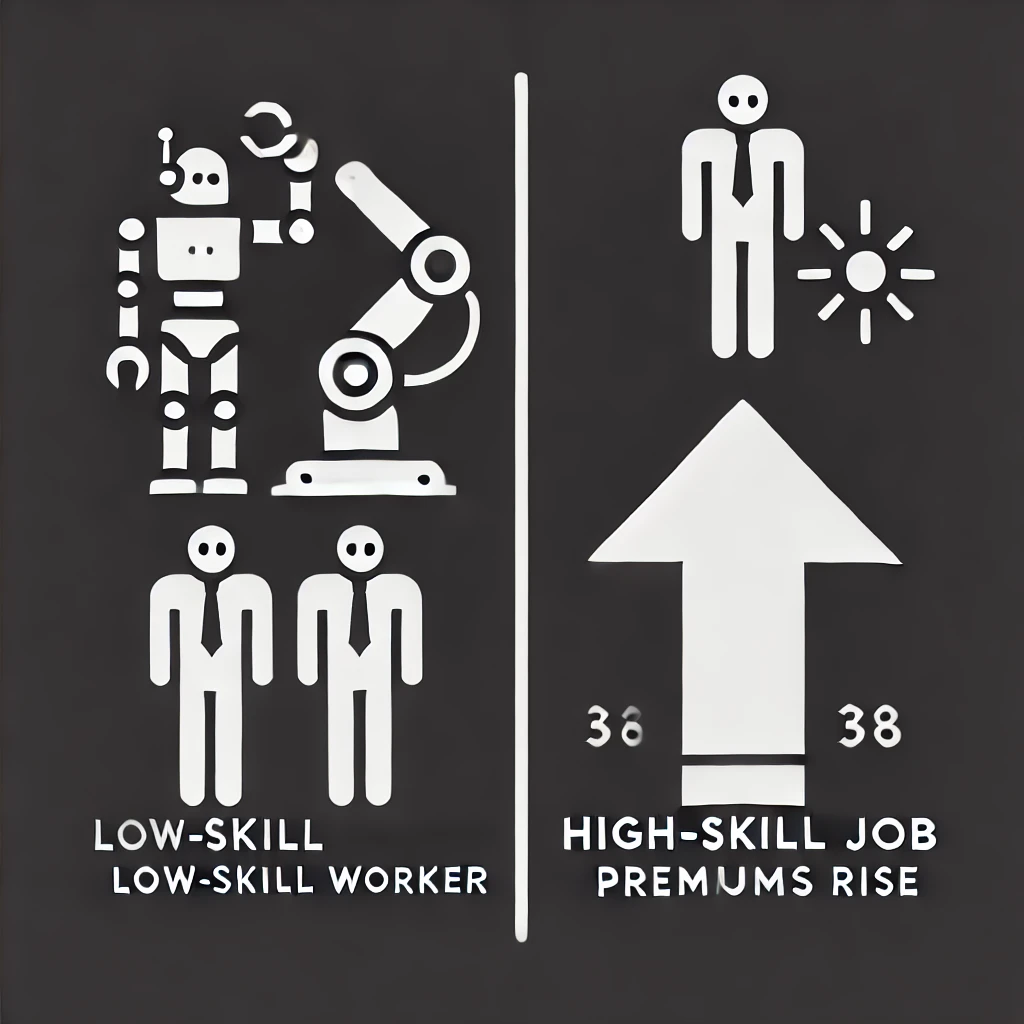Strategic complementarities in firm price setting are crucial in shaping macroeconomic outcomes. This paper offers the first empirical estimate of retailers’ price responses to competitor price changes, leveraging large-scale Nielsen data on prices and sales. To address reverse endogeneity, we introduce a novel instrumental variable strategy based on DellaVigna and Gentzkow (2020). In contrast to Amiti, Itskhoki, and Konings (2019), who show strong complementarity in the manufacturing sector, we find weaker evidence of strategic complementarity, with a typical firm adjusting its price with an elasticity of 0.14 in response to competitors’ price changes. To explain this discrepancy, we develop a theoretical framework that incorporates two buyer-side frictions: (i) search frictions and (ii) information frictions regarding sectoral shocks. Our findings indicate that strategic complementarity is highly sensitive to the level of information frictions. Finally, we provide suggestive evidence that buyers in the retail sector, typically households, may have less information on sectoral shocks.
 Strategic Complementarity in Price Setting: Evidence from Retail Industry2024Working in Progress
Strategic Complementarity in Price Setting: Evidence from Retail Industry2024Working in Progress
 Translation of "The Great Convergence: Information Technology and the New Globalization" to Chinese2020Other Activities
Translation of "The Great Convergence: Information Technology and the New Globalization" to Chinese2020Other Activities


